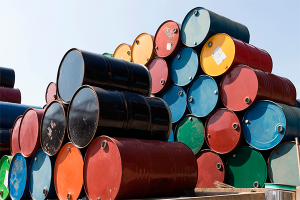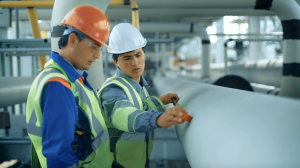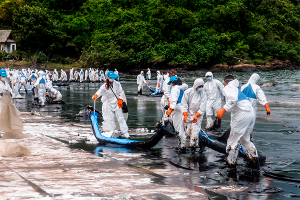Chevron signs contract for refined fuels terminal in Mexico
Hydrocarbons Technology / September 17
Chevron Combustibles de México has signed a long-term contract with Sempra Energy’s Mexican subsidiary, Infraestructura Energética Nova (IEnova), to use 50% of the initial capacity of the proposed Topolobampo refined fuels marine terminal.
IEnova is developing the refined fuels terminal in Sinaloa, Mexico, with an initial capacity of one million barrels.
Pursuant the contract, subsidiaries of Chevron will have storage capacity of 500,000 barrels of refined fuels.
In addition, Chevron will have an option to purchase up to 25% of the equity in the terminal following the commencement of commercial operations.
IEnova also signed a contract with an undisclosed US refiner for the remaining 50% of the facility’s initial storage capacity.
IEnova executive chairman Carlos Ruiz Sacristán said: “The Topolobampo project provides an important supply source of refined fuels for Mexico. Together, working with our customers, this terminal will increase reliability of supply, create jobs and provide benefits to millions of Mexican consumers.”
IEnova received a 20-year contract in July this year from the Topolobampo Port Administration Terminal to develop, construct and operate the marine terminal in Sinaloa.
The terminal involves an estimated investment of $150m and is expected to become operational in the fourth quarter of 2020.
Last week, IEnova reached a deal to allow British Petroleum to use 50% of the one-million-barrel initial capacity of the refined fuels Baja Refinados terminal, which is to be constructed in Baja California.
Earlier this year, Chevron booked the other 50% initial capacity of the Baja Refinados facility.
Hydrocarbons Technology / September 17




